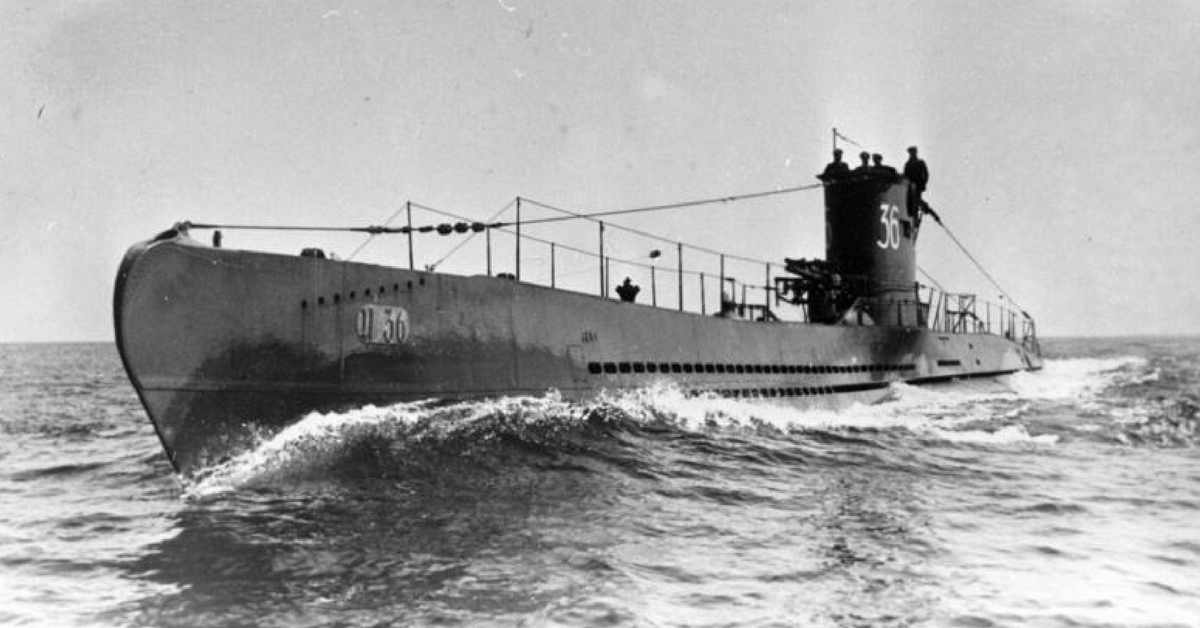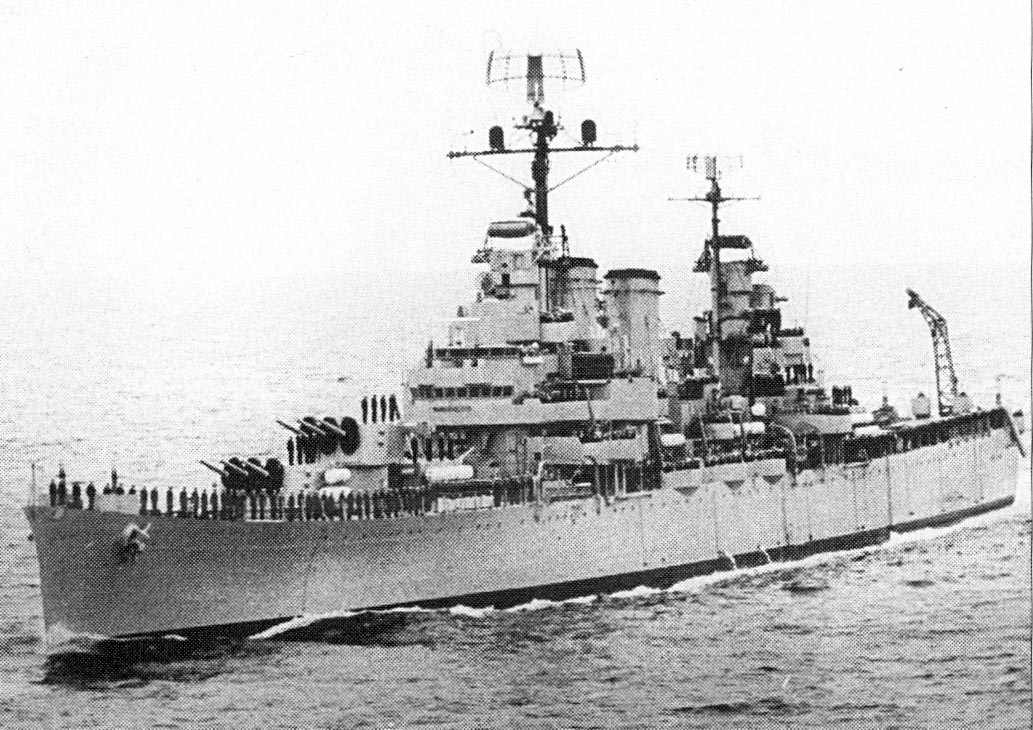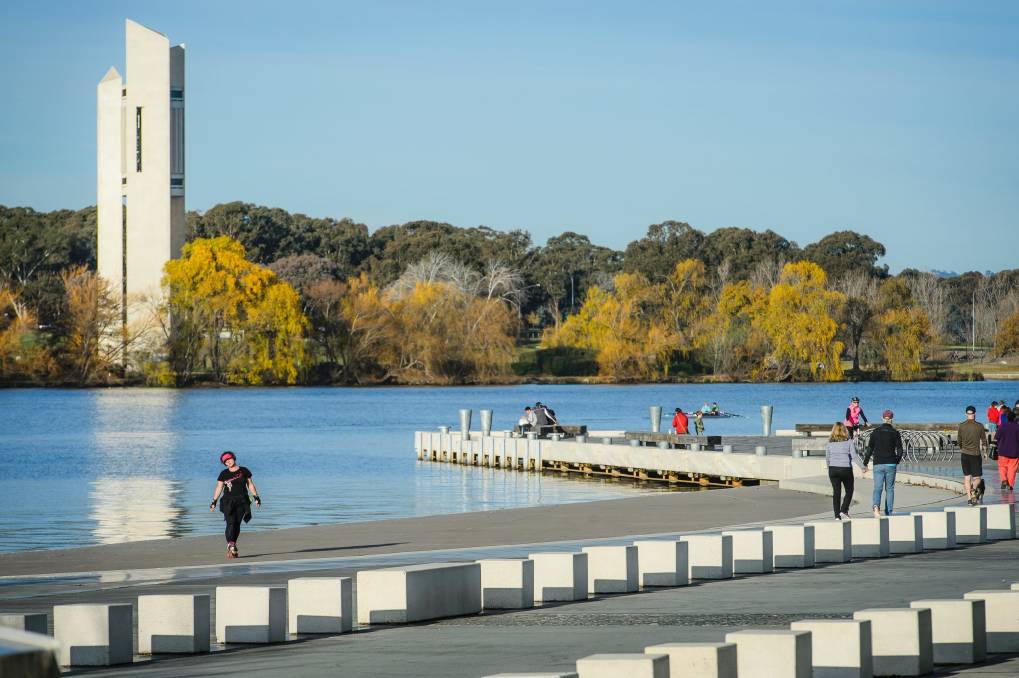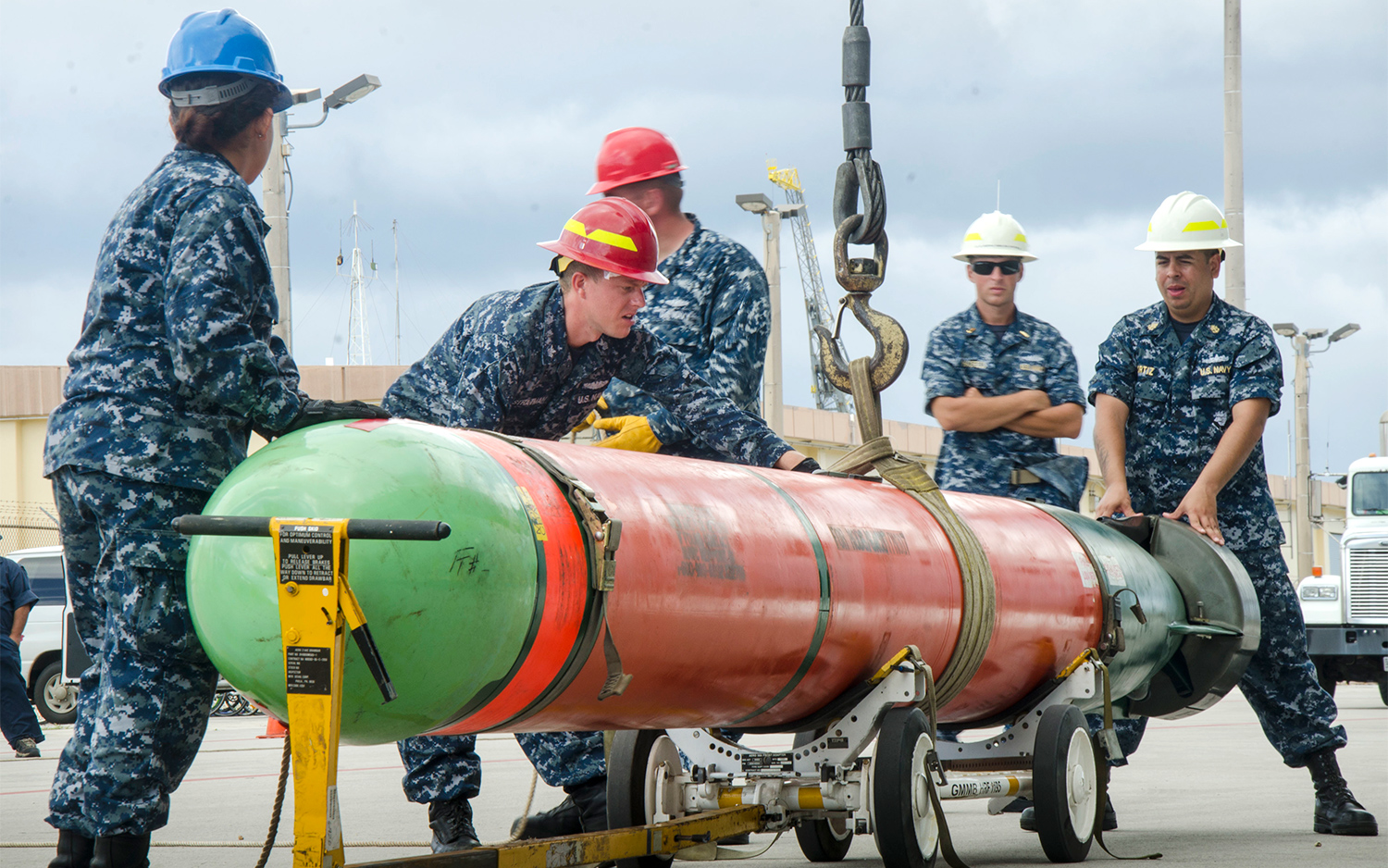|
|
||
|
||
|
Privacy Policy | Editorial Policy | Profit Policy | Join the Association | List of Members | Contact us | Index | Links |
||
|
Back Go to page: 1 2 3 4 5 6 7 8 9 10 11 12 13 14 15 16 17 18 19 20 Forward |
||
|
Contents.
|
||
|
Where are they now?
|
||
|
Will De Boer
Rob Napier wrote, he says: Hi, in Vol 70 you write about a Bill de Boer. I wonder if you refer to my Best Man: Will de Boer, a Ground RadTech. I lost contact with Will after we graduated and would love to make contact again. In Vol 71, Terry Haebich sent in a photo of 1 AD radar (June 1978) that included Will in the group.
FYI: I started in 41RMT with Will. He and about four other students of Dutch parentage were pulled off course as they were thought to be a security risk! The Dutchmen's Club moved onto the next ground radio course. I wanted to be a TelsTech, so I moved after RadMech phase to 7TMT, but bombed out in T&M. I graduated in 44RMT but was a pretty useless tech.
With an ignominious start like that, I was clearly officer material. After a couple of years at 1FTS and a few years at Frognall, I was back at RADSCHL during Christmas break, preparing new arrivals with maths and basic electronics. I was privileged to get Don Mazlin as my first CO, at 3AD. After making up for lost time (but as a Gunnie), I was recategorized and moved to 482MaintSQN. As its last cruel joke, the DPO (posting) sent me to SUP COM, so Defence lost my services for about 25 years. I recently turned 70, still working with Defence. I guess I was just a late bloomer! It's nice to be back.
If you can help me get in contact with Will de Boer, I'd be really grateful.
Have you noticed that all the people in favour of birth control are already born?
COVID-19 Vaccines.
Australia has started to produce its own Covid-19 Vaccine. CSL in Melbourne is now rolling out its AstraZeneca vaccine and Australians are now being offered the vaccination free of charge. Although receiving the vaccine is voluntary, for reasons, known only to themselves, some people are balking at having it, trotting up all sorts of excuses as to why not. Some are just the boring old anti-vaxxers who probably believe the earth is flat and there are fairies at the bottom of the garden, others are those also boring know-it-alls who know more about everything that those who have spent years studying these things. These are the people who know, without any doubt whatsoever, that the radiation from mobile phones will kill you, that overhead power lines emit sterilizing gamma rays and the Covid-19 vaccine has squillions of harmful side effects or it can’t possibly work as it wasn’t tested properly and put on the market far too early.
The fact that scientists in a number of countries have confirmed that it’s safe and that it works and that hundreds of thousands of people all over the world have had the jab and haven’t grown another head doesn’t register with these ignorant people – they know better than anyone else.
Vaccinations have, over the years, saved millions of lives. Some really dreadful diseases have completely disappeared thanks to a lot of very smart people who have come up with these life-saving antidotes but there are still ostriches who refuse to believe. These boof-heads can put the rest of us in danger and could extend sudden State-wide lock downs well into the future. If enough people don’t get the Covid vaccination it can, and probably will, remain in the community. It needs to be wiped out.
If you’re a believer and want to get the jab, the Federal Government has set up a web site which gives lot of information on the vaccine and if you go HERE there is a form for you to fill in which will allow you to book in for your shot.
It’s free, it doesn’t hurt and it could save lives.
|
||
|
At every party there are two kinds of people – those who want to go home and those who don’t. The trouble is, they are usually married to each other.
|
||
|
Our New subs.
Canberra’s political simpletons and their naval enablers are placing Australia in the gravest danger. About a year ago, QoL wrote about the deficiencies and absurdities of the French Barracuda class submarines we are buying, and today the name is a misnomer. What they should be called is ‘Cane Toad Class’ submarines — useless, toxic and dangerous to all Australians, not just those who sail in them — and of which their backers can boast of only one remarkable and outstanding feature: in terms of materiel acquisition they are proving to be unsinkable.
It was presumed the sheer number and weight of critical articles would by now have been enough to sink them without need of a further torpedo from QoL. Apparently not, as the Prime Minister has now rolled out the tried and tested ‘let’s have a review’ approach to shield those involved from scrutiny while those reviews are underway.
Hints and recent uncomfirmed reports that Australia might consider reopening this cold case by looking at alternative options are disingenuous at best. Is it really likely that any review will conclude the French submarines represent the worst possible option, starting with spending billions of dollars on an as-yet-unfinished re-design. At this stage, the French say, it will cost us another $6,000,000,000 to complete. When $6 billion is written out with all the zeroes it really looks impressive, doesn’t it? Think of it as $240 for every man, woman, child (and the 55 other genders) in Australia and at the end of this ‘process’ what we expect to have is — ‘The Design Plan’. Then we get to spend countless further billions actually building the useless things.
|
||
|
|
||
|
Does anyone believe the government is really thinking of admitting to such an immense error, backing out and perhaps re-selecting a better alternative? Hands up those who think there is even a slight possibility that any review, study or political soft-shoe shuffle will place on the record the only logical conclusion: that the Cane Toad/Barracuda class be scrapped before it is built and our efforts and defence dollars be redirected to an alternative boat, with this happening before the next election that may well hang on seats in South Australia, where the submarines are to be put together? If you actually subscribe to that view, please leave now with the gentlemen in the white coats. You’ll find the straitjackets they provide quite comfortable after a short period of adjustment.
There is little point in rehashing the dismal waste of effort over what is more than a decade, so let’s look forward to that glorious day when our enemies tremble as our fully operational boats chug along on their their hopelessly outdated lead-acid batteries.
The pinnacle of submarine warriors in WWII were the technically advanced German U-boats. Crewed by courageous commanders and highly motivated sailors, 20 boats (and their entire crews as a rule) were lost every month over the final 30 months of the war. Some 70 per cent of German submariners did not survive the war. Also worth bearing in mind is that, from the end of WWII to the present day, many more submarines and crews have been lost through ‘accidents’ than the number of enemy craft they have sunk.
|
||
|
|
||
|
There are three cases worthy of mention.
The big picture is that, between them, all the world’s navies have a total of 514 submarines plying the seas. Australia currently has six (with only two available at any given time), but we are aiming to have an even dozen by 2050. China has 80 in our area of interest, while the US fields 68 globally.
See HERE.
THE questions that need answers are:
Unfortunately, our Lake Burley Griffin sailors can’t or won’t answer any of those questions.
We are loathe to name our most obvious potential adversaries for fear of upsetting them. The ADF overcame this issue in the 1980’s by creating the mythical Musorians from Orangeland. The Musorians were equipped very much like the Russian military and their mythical threat to Australia guided some of our organisational structure and equipment purchases, also determining our capabilities in preparation for the conventional war we aimed to be ready to fight. Combat involvement in Malaysia, Borneo and Vietnam did not prompt the ADF to reflect on the Army’s infantry battalion structure, naval requirements or the use and capability of our air force. After our commitment to Vietnam ended in 1972 we reverted to a Fortress Australia policy where, rather than fighting on someone else’s soil, we would fight our battles in Australia. To meet that scenario a conventional force structure made sense, with a strong naval and air force capable of defending the northern sea gap by making the landing of major forces in Australia a difficult proposition.
Hypothetically, let’s start by addressing the ‘who’ and, for arguments sake, I will use China’s current and projected capabilities. In 2015, the People’s Liberation Army Navy (PLAN) had 255 battle force ships in its fleet, but by the end of 2020 this had grown to 360, surpassing by more than 60 ships the total of all the US Navy’s fleets. By 2025, PLAN will have 400 battle force ships, a tripling of its naval forces in only two decades. Despite already having the world’s largest naval force, China is accelerating its building of more modern surface combatants, submarines, aircraft carriers, amphibious assault ships, ballistic nuclear missile submarines, large coast guard cutters and polar icebreakers. This brings to mind the observation of a U-Boat commander in 1943: ‘How can we win when our enemies build ships faster than we can sink them?’
In 2018, by gross tonnage, China built 40 per cent of the world’s ships, well ahead of second-placed South Korea at 25 per cent. China’s shipbuilding capabilities today dwarf even that of the US during WWII. In 2019 alone, China built more than 23 million tons of shipping. This is more ships and tonnage than when US shipbuilding production peaked at 18.5 million tons annually during the ‘Liberty Ship’ era. The infrastructure is in place and the workforce and the technology employed in China’s commercial shipyards is available to turning out even more warships and doing so in quantity. Between 2014 and 2018 China launched more submarines, warships, amphibious vessels and auxiliaries than the total number of ships currently serving in the individual navies of Germany, India, Spain and the United Kingdom. By comparison, the US attack submarine fleet of 50 boats is entirely nuclear powered, giving it significant range and endurance advantages over a Chinese fleet that has just seven nuclear-powered subs. Sadly, ineptly to be more accurate, Australia is at best more than a decade away from the miracle of launching our first and already obsolescent Barracuda.
Our operational ‘where’ could be as far north as the South China Sea, or perhaps the deep ocean south of the Indonesian archipelago. A quick look at the map will tell you that the transit from Exmouth to the South China Sea and return will leave little time and fuel “on location” for operational work by a conventional submarine unless we obtain basing and refuelling rights somewhere close. As this would make any potential host a target, the best choices — Vietnam, Korea or Japan — would seem most unlikely prospects.
This brings us to the last two conundrums for the $200 billion prize. ‘What’ are our misbegotten submarines expected to do on site, and ‘how’ are they expected to do it?
The current Collins Class submarines are armed with Mk48 torpedoes and submarine-variant Harpoon missiles, fairly conventional weaponry when all is said and done. The RAN website lists the roles of the Barracuda ‘attack class’ submarines as anti-submarine warfare (hunter-killer), anti-surface warfare (WW2 U-boat stuff), strike (using precision-guided missiles, like the Harpoon), intelligence, surveillance and reconnaissance, (another WW2 role, sometimes in support of our much depleted Special Forces), electronic warfare and mine warfare (another WW2 role).
Despite the vagueness of the little we think we know, this brings us to asking ‘why’ the Barracuda is, allegedly, the best solution? The short answer is that the Barracuda option is the worst possible choice the most inept politician or senior naval officer could have devised. Gary Johnston, of Submarines For Australia, is one of the more articulate critics of the Barracuda contract. He still wants crewed submarines, but he wants nuclear-powered ones. In Canberra, Senator Rex Patrick (right) has been the terrier who has exposed some of the financial ‘incongruities, and Robert Gottliebsen has exposed the bumbling naivety of our contract negotiators who ensured that we were taken to the cleaners.
It is hard not to bore by just repeating everything that is wrong (again) so here are just two further points and the obvious conclusion from them:
The first point was dealt with HERE. Investigations concluded that the future technology to fight undersea battles using artificial intelligence in unmanned autonomous submarines (UAS) plus manned ‘mother submarines with standoff ‘smart’ torpedoes and capable of launching swarms of mini-torpedoes and mines, was perhaps ten years away. That was overly pessimistic as those capabilities are now already here. Our submarines may be fitted with precision-guided missiles, though prudence dictates the ‘may’ should be a ‘must’. In less than ten years, before the first Barracuda is launched, crewed submarines will be relics and senescent curiosities.
The second point was covered very well by Alex Ellinghausen in a recent article in the Financial Review. Where he reported was the government might be looking at the long-range, conventionally powered submarine Swedish shipbuilder Saab Kockums has offered the Dutch navy. This is the same company that designed and built the Collins submarines and was excluded from the original bidding early on (Perhaps because of our Collins experience). That left us with a ‘competitive evaluation process’ between the Germans and, at the time, the front-running Japanese. And the preferred choice and winner? The French, mon Dieu!
It is anticipated that no government (Labor or Liberal) will cancel this ongoing insanity, no matter how many reviews are launched. Cost, Australian sovereignty and threats of war are all secondary to not admitting the Barracuda contract is the last and biggest defence mistake we might ever make as a nation.
|
||
|
|
||
|
|
||
|
Never under any circumstances take a sleeping pill and a laxative on the same night. |
||
|
|
||
|
|
||
|
|
||
|
Back Go to page: 1 2 3 4 5 6 7 8 9 10 11 12 13 14 15 16 17 18 19 20 Forward |
||








